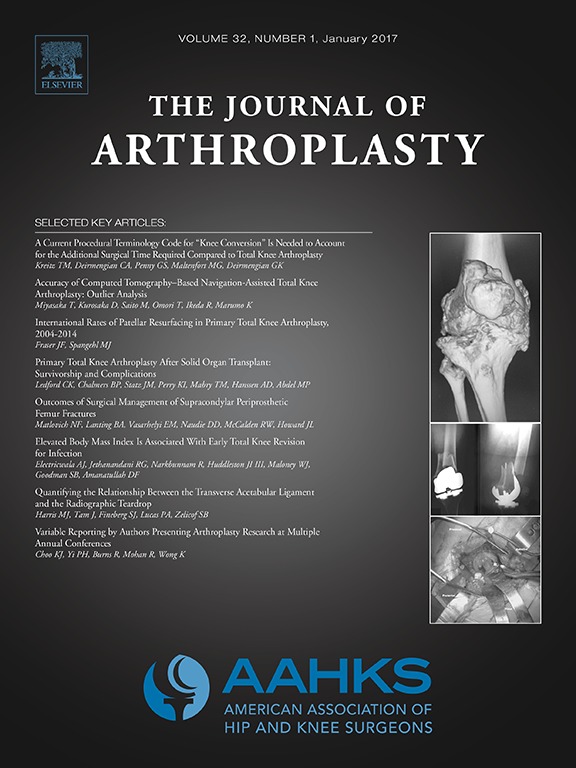
ARTHROPLASTY
Similar rate of osteolytic lesion development between cluster-hole and solid-backed acetabular cups
J Arthroplasty. 2018 Apr;33(4):1113-1119100 patients scheduled for total hip arthroplasty were randomized to receive either a cluster-hole acetabular cup or a solid-backed acetabular cup. All cases were completed with a crosslinked polyethylene line. The primary purpose of this study was to compare the rates of osteolysis development between the two types of acetabular cup. Follow-up was performed for 10 years. Results demonstrated that there was no significant difference in the rate of osteolysis development between patients who received the cluster hole acetabular cup and patients who received the solid-backed acetabular cup.
Unlock the full ACE Report
You have access to {0} free articles per month.Click below to unlock and view this {1}
Unlock NowCritical appraisals of the latest, high-impact randomized controlled trials and systematic reviews in orthopaedics
Access to OrthoEvidence podcast content, including collaborations with the Journal of Bone and Joint Surgery, interviews with internationally recognized surgeons, and roundtable discussions on orthopaedic news and topics
Subscription to The Pulse, a twice-weekly evidence-based newsletter designed to help you make better clinical decisions
Exclusive access to original content articles, including in-house systematic reviews, and articles on health research methods and hot orthopaedic topics
Or upgrade today and gain access to all OrthoEvidence content for just $1.99 per week.
Already have an account? Log in


Subscribe to "The Pulse"
Evidence-Based Orthopaedics direct to your inbox.
{0} of {1} free articles
Become an OrthoEvidence Premium Member. Expand your perspective with high-quality evidence.
Upgrade Now












































































